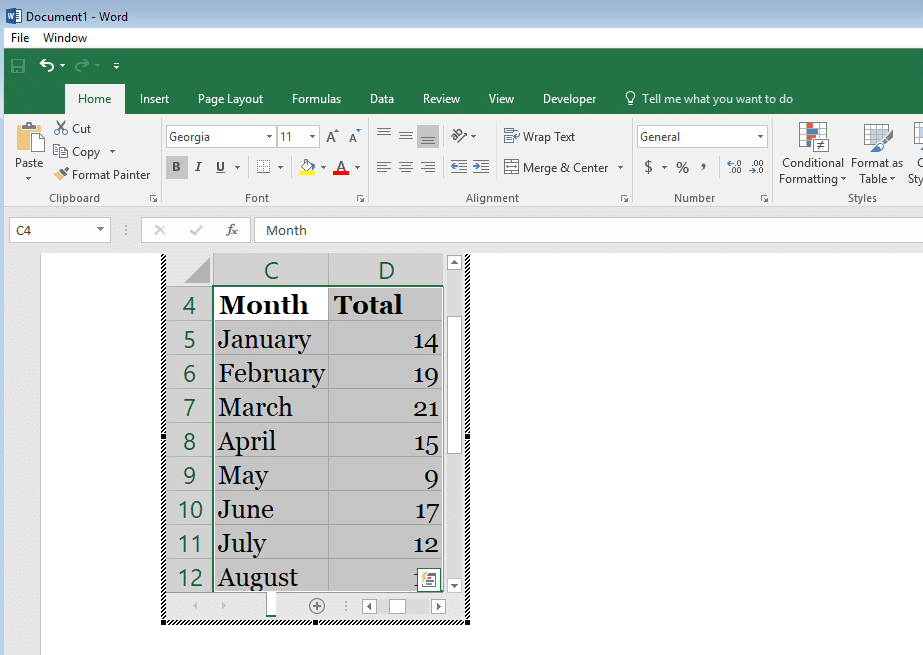

All the way down at the bottom of the list of categories you’ll see Clipboard Handling. Press Command/Ctrl+K to open the Preferences dialog box. The table data will spread out over all the necessary rows and columns.ĭidn’t work, you say? Did all the table data go in that one cell you had selected, like this? You’ll know you have the cell selected when it’s fully highlighted. Alternatively, click and drag just to the cell border.

You can do this by putting your cursor in the InDesign table cell and pressing Esc. But it’s good practice since it helps you end up with a table that’s sized properly from the get-go.Īnd here’s the key step: Select the top left cell (or whichever cell where you want the pasted data to start filling in the table). This isn’t strictly necessary InDesign will add rows and columns to fit the data when you paste. In InDesign, create a table with the right number of row and columns to house your data. In Word or Excel, copy the cells you want to bring into InDesign.

But if all you want is a simple, 2-second method, here it is: Of course, using File > Place will give you access to import options that can be very handy for controlling what content comes in from Word or Excel, and how that content is formatted. Here’s a quick tip for those times when you want to quickly get some tabular data from Microsoft Word or Excel into InDesign without going through the process of placing the file.


 0 kommentar(er)
0 kommentar(er)
